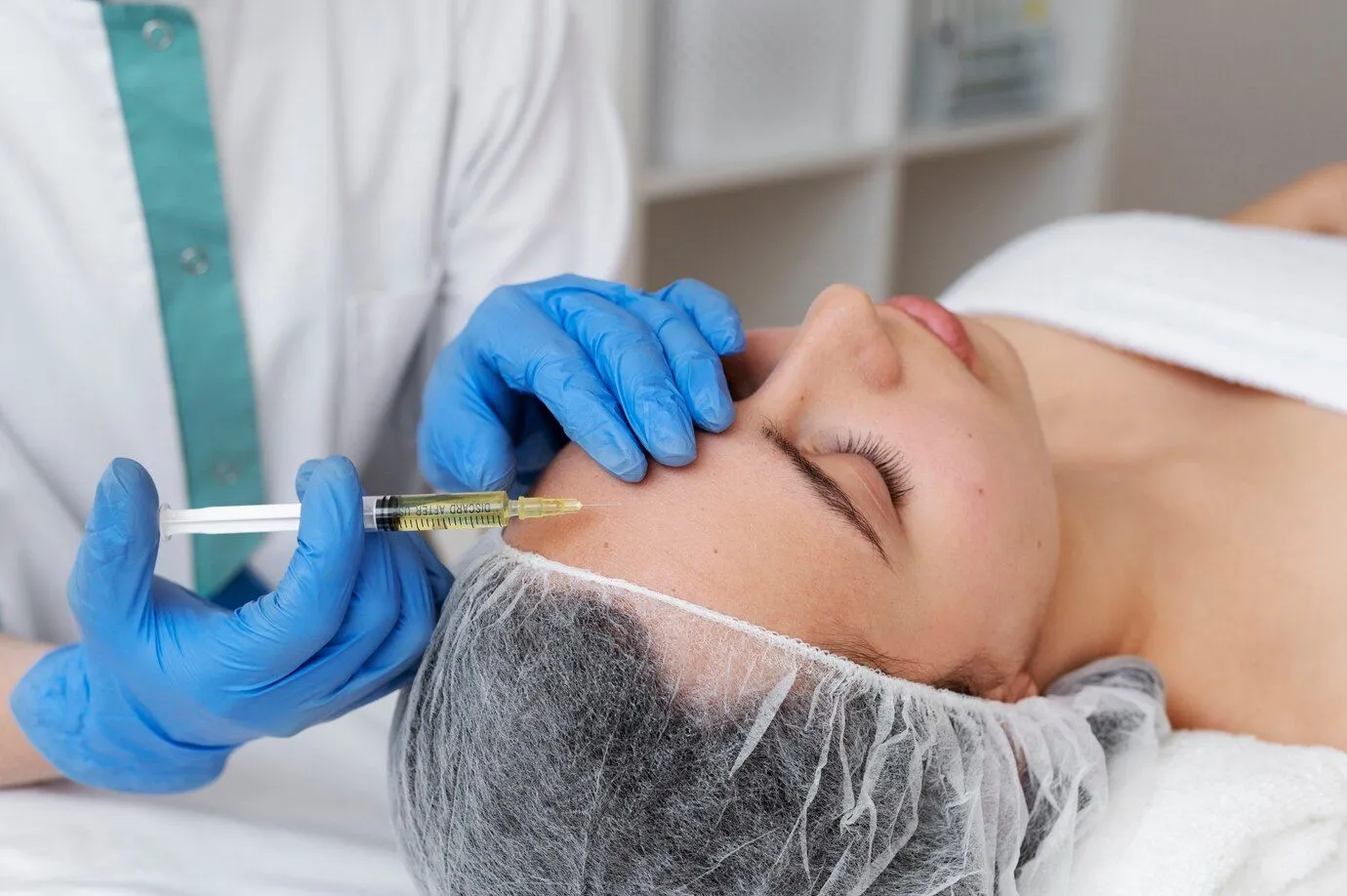Joint pain is a common concern that affects the quality of life for many individuals, restricting movement and sometimes interfering with daily routines. While pain relief methods such as physical therapy, medications, and surgery are often explored, some individuals seek alternative approaches that do not involve invasive procedures. Platelet-Rich Plasma (PRP) therapy is an emerging option in this category.
What Is PRP?
Platelet-Rich Plasma, commonly referred to as PRP, involves the use of a patient’s own blood to promote healing in targeted areas. PRP is derived by drawing a small blood sample, spinning it in a centrifuge to separate its components, and extracting the plasma enriched with platelets. Platelets are blood cells known for their role in clotting and tissue repair. This concentrated plasma can later be used in various pain management applications, as it contains growth factors that may encourage tissue recovery. It is often applied in damaged tissues to support the healing process.
How Does It Treat Joint Pain?
Joint pain can create significant discomfort and limit mobility. PRP therapy aims to address joint pain by delivering high concentrations of platelets directly to the area of concern. Growth factors within PRP are thought to play a role in encouraging tissue repair and possibly reducing inflammation. Though PRP therapy does not promise to reverse this damage, it has been suggested as an approach to support the natural healing mechanisms of the body.
This technique may also benefit injuries involving ligaments or tendons connected to the joints, which can be among the slowest tissues to heal naturally. By delivering platelets enriched with growth-promoting factors to these areas, patients may experience incremental improvements over time. That said, responses to treatment vary, and not all individuals are suited for PRP therapy. A healthcare provider can help determine whether this may be an applicable option based on an individual’s medical history and type of joint discomfort.
What Does the Process Involve?
PRP therapy is a relatively straightforward outpatient procedure. It begins with an initial consultation where a healthcare provider evaluates joint pain and discusses the patient’s health history. If PRP is deemed suitable, the procedure typically includes the following steps:
- Blood Sample Collection: The process starts with drawing a small sample of the patient’s blood.
- Plasma Preparation: The blood sample is placed in a centrifuge, a machine designed to rapidly spin and separate blood components. Through this process, platelet-rich plasma is isolated, leaving a concentrated solution ready for use.
- Injection: Once prepared, the PRP is loaded into a syringe and injected into the area of discomfort.
- Recovery and Monitoring: Following the injection, patients are typically advised to monitor the treatment area and avoid certain high-impact activities while the healing process progresses.
PRP therapy does not generally require hospital stays or extended recovery periods, making it a convenient option for many. Some patients may experience temporary swelling or soreness at the injection site.
Reach Out to a Pain Management Specialist
PRP therapy is an approach that appeals to many seeking non-surgical alternatives for joint pain relief. By utilizing the body’s own components to support healing, it offers a unique method for addressing discomfort in key areas like the knees, shoulders, and hips. If you experience joint discomfort, connecting with a specialist can offer insight into its potential applicability. With guidance, you can explore whether PRP aligns with your individual needs and expectations.
- FREHF – The Revolutionary Future Of Human-Centered Technology!
- Adsy.Pw/Hb3 – Boost Your SEO And Drive More Traffic!
- Fitness Based Vacations By Timeshealthmage.com!
- TimesHealthMag Tips For Improving Sleep Quality – Expert Advice For Better Rest!
- How TimesHealthMage Helps Improve Your Lifestyle Habits!


Leave a Reply